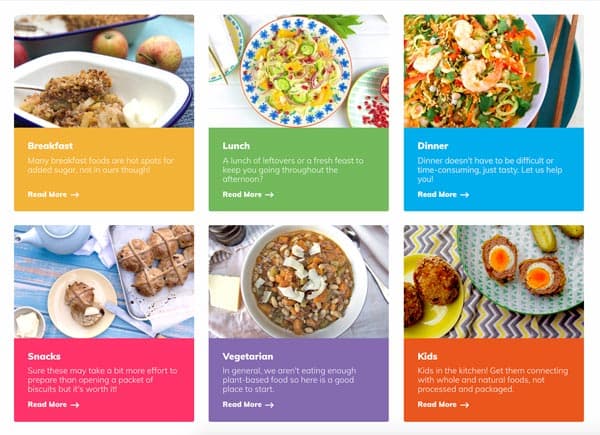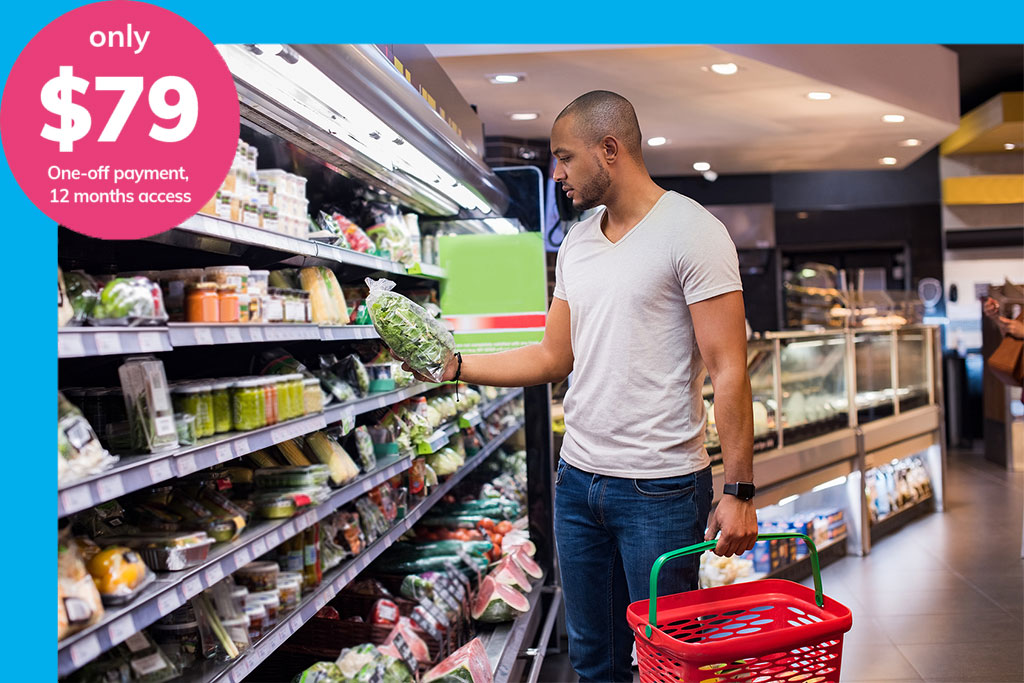Blog
Party times, sugar and alcohol
 Holidays, Christmas, New Years Eve – the festivities are on!
Holidays, Christmas, New Years Eve – the festivities are on!
And amongst the good times much booze and sugary treats can be slammed down fast, leaving us feeling a little worse for wear.
Having a sweet treat and a tipple is completely fine, and should be done so with joy! But at this time of year, there is the danger of going overboard.
Sugar and alcohol
While some alcoholic drinks contain minimal, if any added or residual sugar, some can offer a decent serve, unbeknownst to the drinker!
- Strongbow cider – 19.5g in 375ml can
- Gordon’s gin and tonic – 32.7g in 375ml can, all from the tonic
- Jack Daniels and Coke – 32.6g in 375ml can, all from the Coke
- Average white sparkling – 1.5g in 150ml average serve
- Average dry white wine – minimal, if any
- Average dry red wine – minimal, if any
- Average lager – minimal, if any
Regardless of sugar content – all of these beverages contain alcohol. Nutritionally speaking, pure alcohol is energy-dense and of no nutritional benefit. And just like sugar, consumed in excess it can have negative health consequences.
Go easy on the sugar and alcohol
Sugar. Old mate sugar. A little in our everyday life is fine, but too much too often, and we may be heading down the road of type 2 diabetes, obesity, cardiovascular disease and tooth decay.
Alcohol. Good old alcohol. Featured in many cultural food and drink practices across the globe, when drunk in moderation it can happily be part of a well-balanced diet. But it can affect each person differently. Too much too often and risk cirrhosis of the liver, impaired brain function, and possibly cardiovascular disease and weight gain (depending on what and how you drink).
Being party season, many of us find it easy to consume too much of each.
The recommended daily limit for added sugar is 6 teaspoons (25g), and alcohol is no more than 2 standard drinks for men and women. A standard drink contains 10g of pure alcohol, yet more often than not a can of full-strength beer or pour of wine serves up more than one ‘standard’ drink.1 Here is a simple breakdown:
| Can/Stubbie low-strength beer | = 0.8 standard drink |
| Can/Stubbie mid-strength beer | = 1 standard drink |
| Can/Stubbie full-strength beer | = 1.4 standard drinks |
| 100ml wine (13.5% alcohol)* | = 1 standard drink |
| 30ml nip spirits | = 1 standard drink |
| Can spirits (approx 5% alcohol) | = 1.2 to 1.7 standard drinks |
| Can spirits (approx 7% alcohol) | = 1.6 to 2.4 standard drinks |
2 *Note: 100ml is considered a small serve. 150ml is an average serve you will get in a restaurant in Australia.
And whilst going hard on the alcohol or sugar mightn’t become a long-term habit, over consuming can still leave us feeling pretty average.
Mindlessly chowing down through the box of Cadbury Favourites can lead to a mighty sugar crash, leaving you tired and reaching for another quick pick-me-up.
Bingeing on the booze impacts mood and cognition. It puts great burden on the liver, prioritising elimination of this ‘toxin’ from your body over other processes. Excessive drinking can cause irregular heartbeat and shifts in blood pressure, as well as impacting immune, kidney, brain and digestive function and increasing risks for several cancers.3-4 DrinkWise has a neat interactive app that explores this further!
Alcohol may also impact blood glucose levels, whether a long-term drinker, or having a big night on the booze, where it isn’t uncommon to see high blood glucose and low blood glucose reactions respectively.5-7
Though as mentioned, a little is fine! In fact, light to moderate consumption has been linked to reduced risk for coronary heart disease (1-2 drinks per day), stroke (no more than 1 drink per day), and overall death from cardiovascular events.8
Let’s just not over do it.
Be alcohol and sugar smart
At this time of year we want to thrive through the festivities with energy to spare!
We have ideas on how you can help yourself get through Christmas well, but also want to share some awareness on dangers of going OTT with the festive sweets and drink.
So this festive season, consider:
- Choosing low alcohol options
- Drinking water between alcoholic beverages
- Eating before you drink
- Enjoying real food like olives, cheese, nuts and fruit over the poor quality shiny wrapped confectionary.
Take care, and most of all have fun! The party times can still roll on without slamming down too much too fast. Everything in moderation, right?
By Angela Johnson (BHSc Nut. Med.)
References:
- Department of Health 2013, ‘Reduce your risk: new national guidelines for alcohol consumption’, Australian Government, viewed 16 November 2016, <http://www.alcohol.gov.au/internet/alcohol/publishing.nsf/content/guide-adult>.
- NHMRC 2016, Alcohol Guidelines: reducing the health risks, viewed 16 November 2016, <https://www.nhmrc.gov.au/health-topics/alcohol-guidelines>.
- CDC 2015, Binge Drinking, viewed 16 November 2016, <http://www.cdc.gov/alcohol/fact-sheets/binge-drinking.htm>.
- Connor, J 2016, ‘Alcohol consumption as a cause of cancer’, Addiction, [Epub ahead of print].
- Drinkaware Trust 2016, Alcohol and Sugar, viewed 30 October 2016, <https://www.drinkaware.co.uk/alcohol-facts/health-effects-of-alcohol/effects-on-the-body/alcohol-and-sugar/>
- Emanuele, NV, Swade, TF, & Emanuele, MA 1998, ‘Consequences of alcohol use in diabetics’, Alcohol Health And Research World, vol. 22, no. 3, pp. 211-219.
- Kim, S & Dai-Jin, K 2012, “Alcoholism and Diabetes Mellitus.” Diabetes & Metabolism Journal, vol. 36, no. 2, pp. 108–115.
- Ronksley, PE, Brien, SE, Turner, BJ, Mukamal, KJ, & Ghali, WA 2011, ‘Association of alcohol consumption with selected cardiovascular disease outcomes: a systematic review and meta-analysis’, BMJ (Clinical Research Ed.), vol. 342, p. d671.











